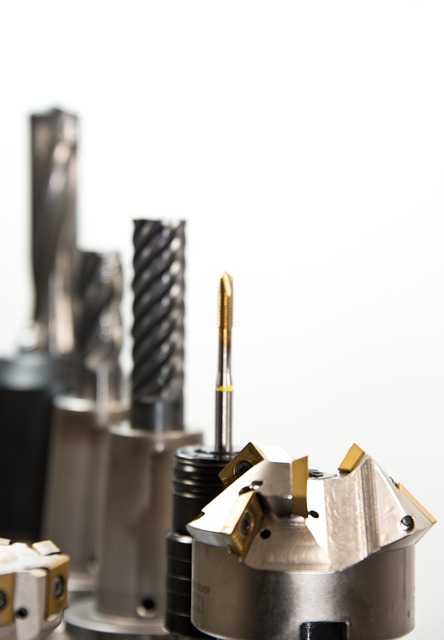99真人官网是多少,99真人网址是什么99真人平台让你我成为您真诚的朋友与合作伙伴!钻床:钻床是一种用钻头对工件进行钻孔的机床。它可以进行单孔钻削、多孔钻削、螺纹攻丝等多种加工操作。钻床具有操作简单、加工速度快的特点,被广泛应用于金属加工、木工加工、建筑装饰等行业。99真人平台
Introduction:99真人平台
Deep learning has revolutionized the field of artificial intelligence, enabling machines to learn and make predictions from complex data. While deep learning algorithms have been highly successful in various domains, such as image recognition and natural language processing, their application to graph-structured data has gained significant attention in recent years. In this article, we will explore the concept of deep learning on graphs and how it can unlock the power of data relationships.
Deep learning on graphs involves leveraging neural networks to process and analyze data represented in graph structures. Unlike traditional deep learning approaches that operate on grid-like data, such as images or sequences, deep learning on graphs considers the relationships between data points, which are represented as nodes and edges in a graph. By capturing the inherent connections and dependencies within the data, deep learning on graphs enables more accurate predictions and insights.
Graph Convolutional Networks (GCNs) are a popular and powerful approach for deep learning on graphs. GCNs extend the traditional convolutional neural networks (CNNs) to handle graph-structured data. They effectively combine information from neighboring nodes to propagate and update features throughout the graph. This enables GCNs to capture both local and global patterns in the data, making them highly effective for tasks such as node classification, link prediction, and graph generation.
1. Social Network Analysis:
Deep learning on graphs has found applications in social network analysis, where the relationships between individuals are represented as a graph. By analyzing the graph structure and node attributes, deep learning models can predict user behaviors, identify influential individuals, and detect communities within the network.
2. Recommendation Systems:
Deep learning on graphs has also been applied to recommendation systems, where user-item interactions are represented as a graph. By leveraging the relationships between users and items, deep learning models can provide personalized recommendations, improve user engagement, and enhance the overall user experience.
3. Drug Discovery:
Deep learning on graphs has shown promise in the field of drug discovery, where molecules and their interactions are represented as a graph. By analyzing the graph structure and chemical properties, deep learning models can assist in identifying potential drug candidates, predicting their properties, and accelerating the drug discovery process.
While deep learning on graphs holds great potential, it also faces several challenges. One of the main challenges is scalability, as graph-structured data can be extremely large and complex. Additionally, the interpretability of deep learning models on graphs remains a topic of ongoing research.

Despite these challenges, the field of deep learning on graphs is rapidly evolving, with researchers exploring new architectures, algorithms, and techniques. As the understanding and capabilities of deep learning on graphs continue to advance, we can expect even more exciting applications and breakthroughs in the future.
机械开关和微动开关是电子设备中常用的两种开关,它们在控制电路的通断上起着重要的作用。机械开关是一种通过机械力来实现电路通断的开关,99真人平台而微动开关则是一种通过微小的运动来实现电路通断的开关。虽然它们都是开关的一种,但在使用场景、工作原理和特点上有着明显的区别。
In conclusion99真人平台, deep learning on graphs provides a powerful framework for unlocking the hidden insights and patterns within graph-structured data. By incorporating the relationships between data points, deep learning models can make more accurate predictions and enable a wide range of applications across various domains. As the field continues to progress, deep learning on graphs will undoubtedly play a crucial role in shaping the future of artificial intelligence.